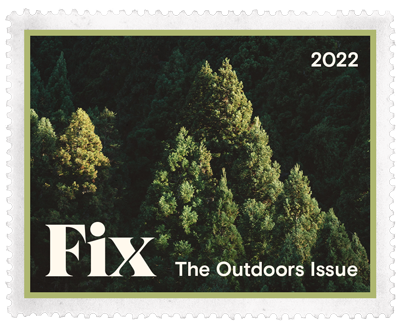
From Earth, With Love
Postcards from a world worth saving
This story is part of Fix’s Outdoors Issue, which explores how we build connections to nature, why those connections matter, and how equitable access to outside spaces is a vital climate solution.
Many climate advocates and conservationists trace their passion for the work back to formative experiences they’ve had outside, as children or adults. Some are positive — the sense of wonder that came with tasting a homegrown vegetable for the first time, or looking down on their town from the summit of a mountain. But the outdoors can also be a challenging, or even dangerous place, whether due to conflicts with other people or the ravages of climate impacts. Those experiences, too, show us what we have to lose and what we stand to gain from building a more just and sustainable future.
This project showcases those stories. We invited more than two dozen people from across the climate and justice movements — activists, farmers, scientists, and artists — to share some of their outdoor memories, and how those moments shaped their trajectories. Their photographs and words provide a glimpse into 26 journeys and relationships with nature. All comments have been edited for length and clarity.
Send us a postcard of your own — a brief recollection, and a photo if you have one — of an outdoor experience that shaped your path. We’ll be sharing more postcards on Instagram throughout this spring.
Reporting by Britny Cordera, Marigo Farr, Izania Gonzalez, and Maryam Noor
Additional reporting and lead editing by Claire Elise Thompson
Additional editing by Jaime Buerger and Chuck Squatriglia
Audio editing by Jess Stahl
Art direction by Mia Torres
Design and development by CMYK
Image assets from Getty Images; Unsplash
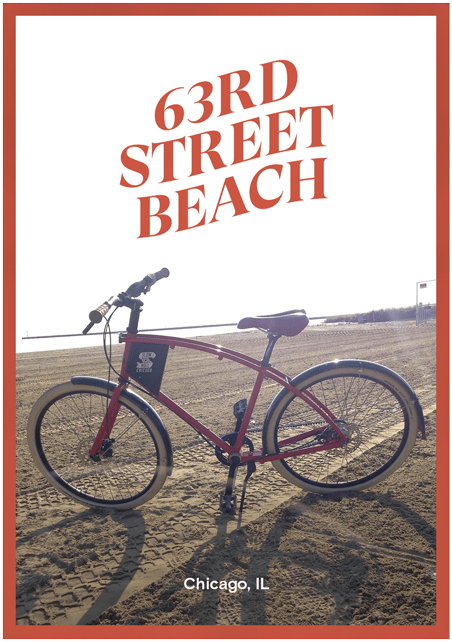

A Bike Ride
After university, I came back to Chicago and went corporate. Around that time, I had to face the reality that I struggle with depression. In a moment of crisis, I realized I had a bike in the basement. At that point I wasn’t a cyclist. But I needed an escape and decided to go for a ride. I put the bike in the trunk of my car and drove to 63rd Street Beach. It was early morning on a Saturday in summer. I noticed there were other Black people on the trail, and they would acknowledge me. That was such a big deal, because I had been socially isolated for several months. As I’m riding, the wind is blowing the leaves on the trees, and it sounds like music. The sun’s rays glistening off the water feels like a protective envelope that is guiding me on this journey. All of it — the entire experience — was nature speaking to me in a way I had never experienced. In that moment, I became a cyclist.
Photo: Olatunji Oboi Reed
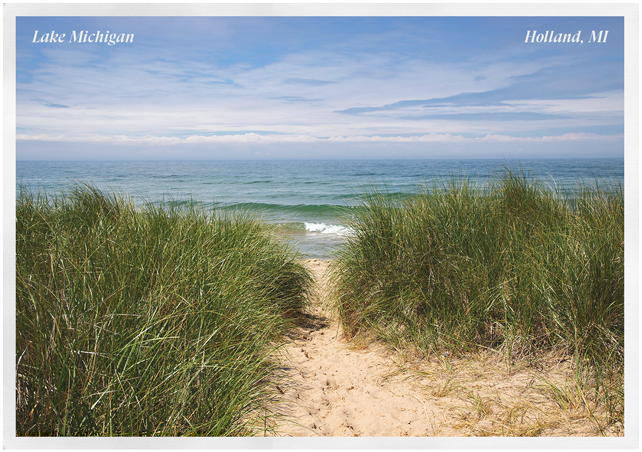

Lake Maca-toilet
I grew up in western Michigan, on the shore of Lake Michigan. I was always in the lake or going to the beach. In my hometown was another body of water that was contaminated due to severe runoff of phosphorus from farmland. Its name is Lake Macatawa — and the nickname for it was Lake Maca-toilet, because it smelled like rotting fish. It was a resource that was meant to be enjoyed, just like Lake Michigan, but it couldn’t be enjoyed. It was supposed to be a gift, and it was a threat instead. I started understanding that more deeply when I went on service-learning trips to West Virginia in college and witnessed another group of people living with dangerous water. They lived downstream from mountaintop-removal coal mining operations that had poisoned their drinking water. I started to ask, “Why is water a gift for some people and a threat for others?” I came to understand that how we treat the world around us is directly related to how we treat our neighbor.
Photo: Stephan Cassara / Unsplash
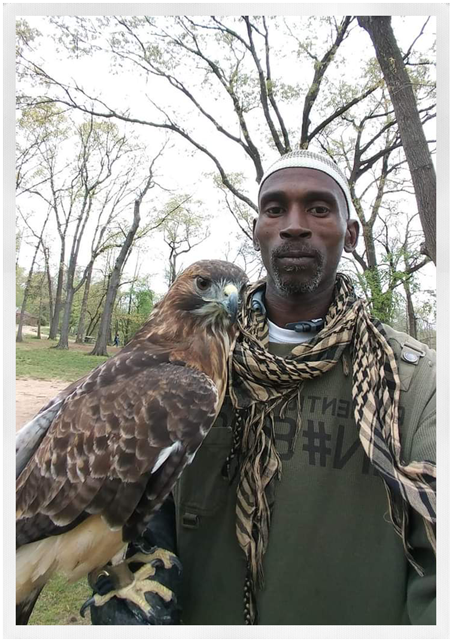

New Life
I’ve always loved animals, from crayfish to goats, chickens, horses, dogs, you name it. I’m just an animal junkie. I got to work with a nonprofit, the Earth Conservation Corps, on a cleanup project on Lower Beaverdam Creek — a tributary to the Anacostia River. As we cleaned that creek, we started seeing wildlife come back: beavers, great blue herons. We reintroduced bald eagles [to the area]. You felt, in a sense, like a mother giving birth. You started seeing all this new life and understanding that you had a part in creating something beautiful out of something tragic. That made me know that being outdoors and working outdoors had to be my life from that point on.
Photo: Rodney Stotts
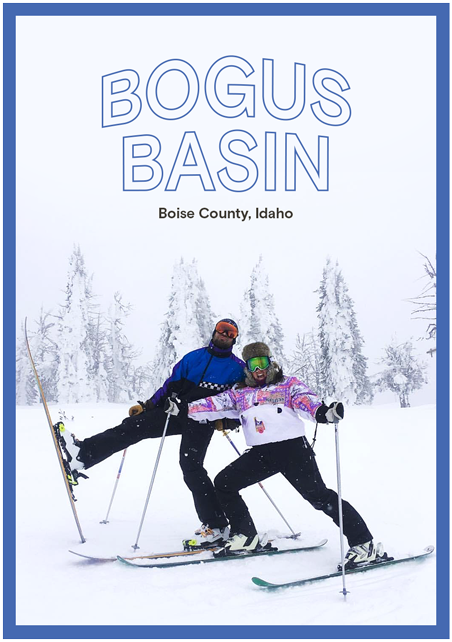

The Bigness of Nature
Here in Idaho, it’s pretty regular that your middle school will go on a trip to the local ski hill, Bogus Basin. I remember having to go home and get a permission slip signed by my mother so I could go. Part of that was renting the gear. The cost for renting the snowboard was $21, and I remember feeling like that was a really big ask of my mom. She was a server in a restaurant, in a really small, rural town, and every dollar mattered. I felt guilty about asking, but I was also really excited because it was something all my friends were doing and I didn’t want to miss out. My mom ended up picking up an extra shift so that we could afford the rental. In all of that, there was a moment, standing on top of Bogus Basin and looking down at the city and feeling the bigness of nature, that really connected me to Idaho in a deep way.
Photo: Courtesy of Rialin Flores
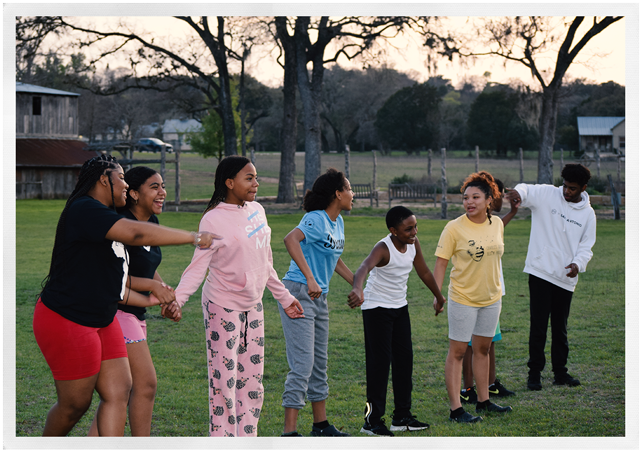

The Best Sleep
One important childhood memory for me was going to the Comal River with my family. We would take trips at least a couple times a year [and go tubing]. I really enjoyed being in the water, even though I wasn’t a strong swimmer. Having those kinds of childhood experiences informed my appreciation for just spending time outside, and having that relationship with the land and the water in that way. At the Bloom Project, we organize our curriculum around a theme each year. In our first year, our theme was water. At our first camping trip, we were tent camping along the Guadalupe River. I remember one of our youth, who was 11, said the next morning that it was the best sleep that he had gotten. He talked about how soothing it was to hear the flow of the river. It’s moments like that where I’m able to witness [kids] developing their own relationships with their environment. That’s one memory that I’ve kept close.
Photo: Courtesy of Charles Roundtree Bloom Project
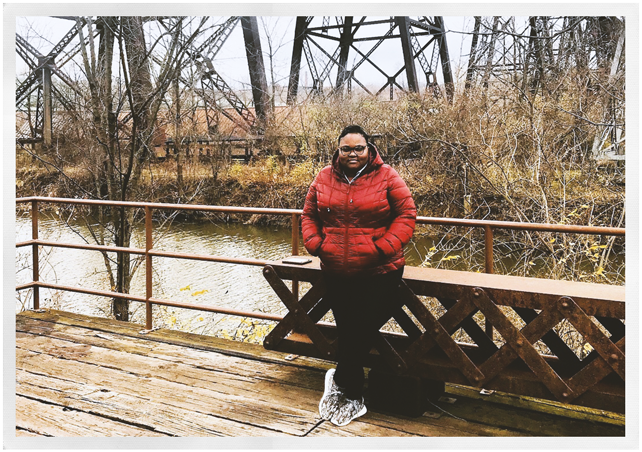

Build the Power
I grew up in a community that was near a park, but also near a petrochemical plant. I had the balance of having access to a park, but also being impacted by environmental injustice. By the time I was 30, I had dealt with cancer twice. I’ve dedicated my life to working to improve the conditions in communities — working to build coalitions and build networks to build the power, so that we can put that power in the hands of folks who can really drive the change and the solutions for the communities they live in.
Photo: Courtesy of Shanelle Smith Whigham
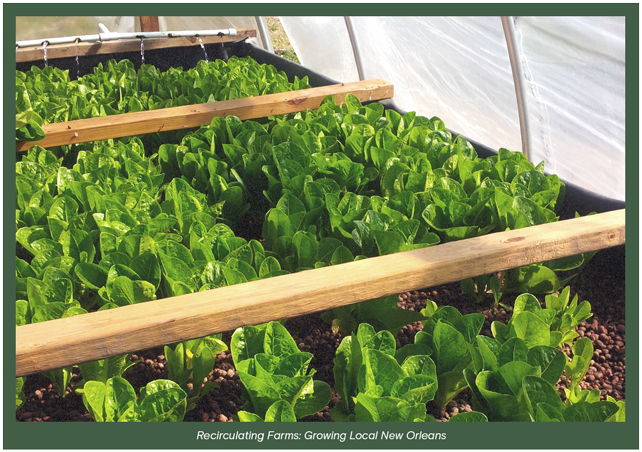

Urban Gardens
I grew up in a fairly low-income immigrant family. We lived in the heart of a city and access to fresh food was a challenge. But we had urban gardens before it was trendy. Nobody called it urban agriculture back then, but it was basically for the purpose of having affordable food. We would grow tomatoes and herbs on the fire escape, and cucumbers and eggplants up a trellis on the side of a building. I have some really strong memories of growing food in a concrete area. As I grew up, I thought about the challenges in cities — access to affordable, local, fresh food; to safe outdoor green spaces; to the community connections that make people happy and healthy.
Photo: Marianne Cufone
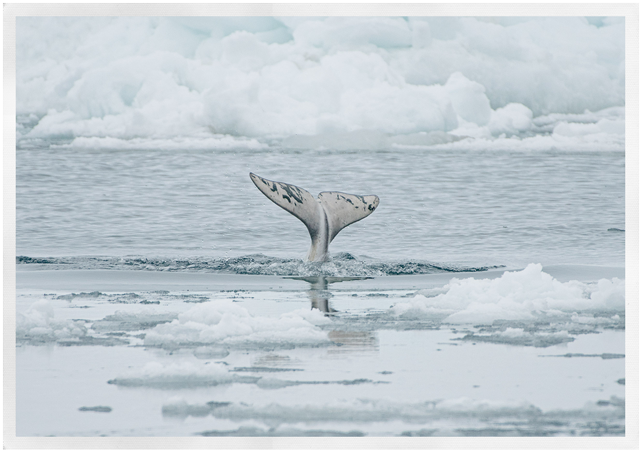

A Hole in the Ice
[In March of 2019], I went to do a project on musk ox in Kotzebue, Alaska, in the northwest Arctic. I took along a friend and producer. We drove in on a snow machine on a frozen river, which is how you get around in the north. As I’m coming up onto the bank of the river, I can see something’s not right with the ice. It was probably 35, 45 degrees out, which is way too warm for that time of year. My instincts just kicked in. I flipped the machine 90 degrees, knowing that it would essentially trap me underneath. The sled [carrying my friend Will] broke off and kept sailing. And, out of the corner of my eye, I could see it — there was a rotting hole in the ice. In the back of my head, I was thinking, “Oh my God, what am I gonna tell his wife?” Fortunately, Will had passed by the hole and hadn’t actually gone into it. We had to call off the two-week shoot and go home. That was the year when I felt like I can’t shy away from talking about climate anymore.
Photo: Kiliii Yüyan
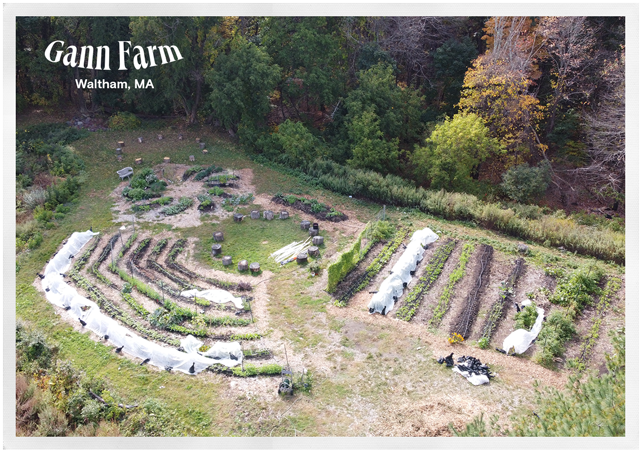

Flower Power
I was asked to find a spot on the farm that was calling to me. I went to a patch of calendula flowers and sat there, surrounded by very tall, massive trees. All of the things around me felt magical in their seeming simplicity. A flower has a stem, it has petals, but it has so many systems working. I thought, “If someone steps on this, it’s all gone, so easily.” We have a responsibility to continually take care of these things so that we can eat food or just enjoy a pretty flower. One thing I might want to do when I graduate is be a psychologist — there are therapy programs that happen in the wilderness. There’s something about nature that makes life more happy.
Photo: Adam Gonvalves
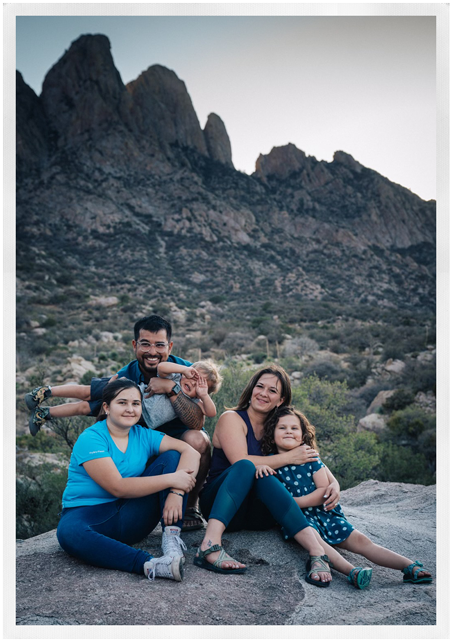

On the Rocks
I was not born and raised outside. But when I became a father at an early age, I found the opportunity to explore and make memories [with my kids]. That’s really what drives the work, now that I’m a father of three. My daughter, she’s now 14 — [there’s] a little boulder that she used to reference at an early age in Organ Mountain-Desert Peaks National Monument. For me, it was just any other hike. But hearing her talk about that rock, that’s what makes that hike so memorable. That’s what sparked in me that she’s enjoying herself and having adventures. And this experience was before it was even [designated] a national monument. [Back in 2013], there was a congressman down here in southern New Mexico who was actively trying to take away our public lands. And the community pulled together to protect it, to keep it from disappearing.
Photo: Talweg Media
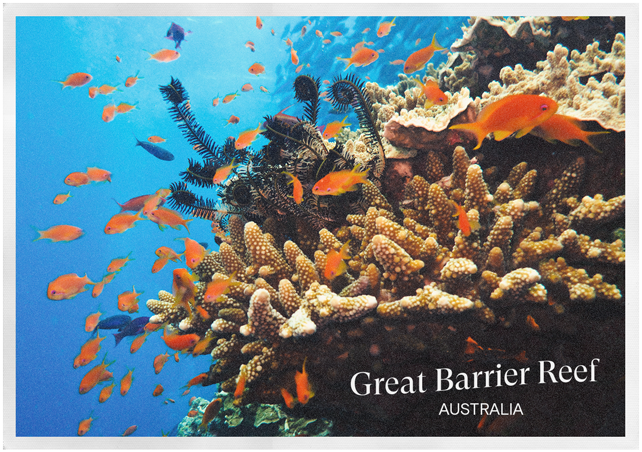

Fighting for the Reef
I was born in Singapore. My father taught us about various things in the environment, and he loved to keep tropical fish. I migrated to Australia as a student and [fell in love with] the diversity of animals — kangaroos, wombats — and the Great Barrier Reef is such an amazing wonder. In 2017, I came across an article about the danger of losing the reef, and discovered that [multinational conglomerate Adani was] going to start a mega coal mine in Queensland. It upset me to think that my grandchildren may not be able to see the Great Barrier Reef in nature. They might have to go to the museum to see what was. So I connected with other people, went to central Queensland, and locked myself to a gate. That was my first activism. Since then, I’ve been arrested three more times.
Photo: pniesen / Getty Images
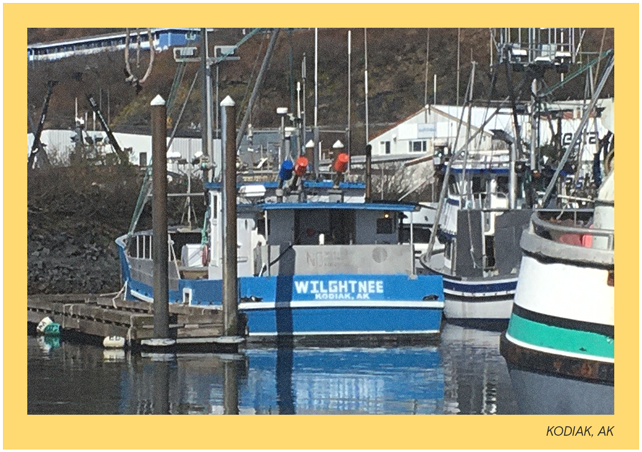

Stand Up for the Ocean
Prince William Sound is all trees and bounty, the freshness of the air, the saltwater on your lips, the wind in your hair. We were heading out to sea, [my father and I], when I was 10 or 12 years old. One of the batteries in our engine room was no good, and he had bought a new one. These batteries are like 3 feet long, and they’re heavy — 70, 80 pounds apiece. He handed one up to me and said, “Throw this overboard.” I said, “I’m not going to throw that overboard.” And he said, “Why not?” I said, “We fish in these waters. Why would we throw our garbage overboard?” That was a turning point for me. I went on a campaign telling people it was wrong to throw garbage into the ocean. We’re one of the last Native fishing families left in the entire industry. When my mother told me I was the one, at [age] 10, that was going to help save our people and our way of life and everything Eyak, I took that literally. I felt I had to stand up for the ocean.
Photo: Steve Bodnar
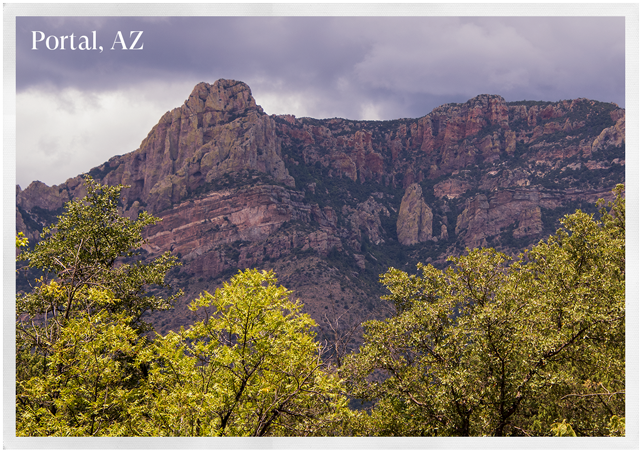

Field Research
The Chiricahua Mountains in southeastern Arizona was where I got my first opportunity to do field research. It wasn’t until I got into the field that I fully comprehended what it meant to be an ecologist and a herpetologist. My first summer out there was probably one of the best summers of my entire life. At the research station, there were a bunch of other scientists from all around the world coming in to do research on various plants and animals in the area, as well as volunteers. When I had a day off, I would go with other researchers to see what they were doing. I got to stay up all night doing bat stuff; I would go out with the toad people. It was a great time. All these like-minded people were gathering together because we love the environment, and we want to do our part in making it better — but also have a fulfilling experience while doing it.
Photo: Earyn McGee


A Nice, Deep Exhale
Our family was, for most of my childhood, the only non-white family in town, which was socially difficult to say the least. We found solace in the forested landscape, hopping from one sun-dappled mossy bank to another and harvesting wild blueberries. I remember learning about photosynthesis in elementary school, and having this “aha” moment where I realized that my exhale was composed of the molecules that the tree needed for its inhalation. In my young mind, the best thing I could do with that knowledge was go over to the nearest tree and give it a big bear hug and a nice, deep exhale, and then I would receive an inhale. This became an almost daily mindfulness practice, breathing with a tree. I believed that I was providing something of use and this tree was in turn nourishing me. The intimacy of that relationship became an inspiration for my activism.
Photo: Courtesy of the Penniman Family
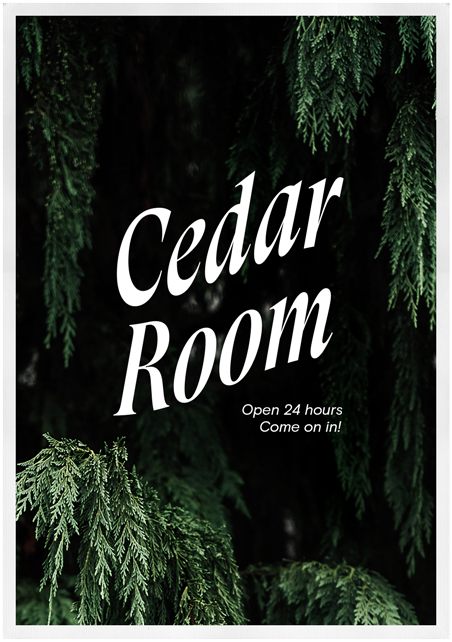

Cedar Room
I grew up in Spanaway, Washington, near lots of cedar and Douglas fir trees. I remember finding one particular cedar tree that had these long branches that went all the way to the ground. When you’re a kid, you can fit into small spaces and they feel really big. We could actually go through the branches inside, toward the trunk of the tree. It was really dark in there but also had this filtered light that would come through. The scent was strong, like soil-rich earth. I remember in that moment feeling like nature can be like a room. And now here I am, 30 years later, trying to make buildings more like nature.
Photo: Jocelyn Powell / Unsplash


Prairie Resilience
Growing up in Tulsa, Oklahoma, I would visit the woods and lake near my house after school. In this particular lake, [utility companies] would fluctuate the water level for hydropower. I didn’t know what I was seeing at the time, but I noticed that when the water level would go down, wildflowers would come back. There would be this beautiful ring of wildflowers where the water had been. That piqued my interest. I thought, “What is causing that? What makes these flowers resilient, but not others?” These questions formed my career. This resilience is how prairies form — when plants and animals proliferate after a disturbance like a flood or fire. I fell in love with that and fell in love with the importance of this mission — that without these species, our prairies are gone.
Photo: GracedByTheLight / Getty Images
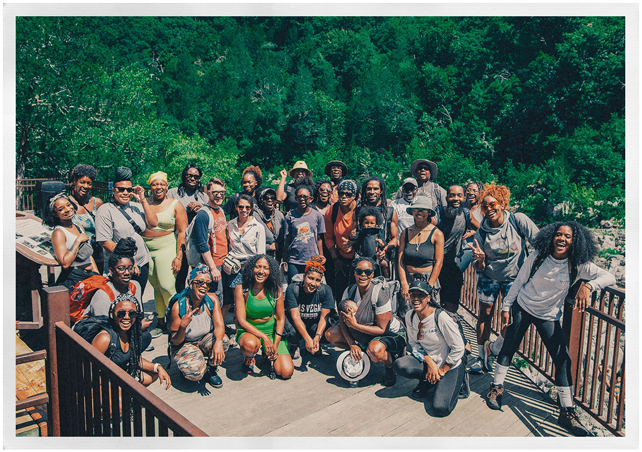

Outdoor Therapy
I fell in love with the outdoors in August 2019, after venturing out on my first hike. My friend Matt invited me out with his wife and their puppy to Castlewood State Park in Ballwin, Missouri. It was a short, 1.7-mile hike, but it was so perfect — the sunlight on my skin, the wind in my hair. I remember feeling free and happy. I wanted my family and friends to share in this therapeutic experience, but there was a lot of reluctance in the Black community. I was determined to change this mindset. From that vision, Black People Who Hike was born. When everyone can experience this same love for the outdoors, we will see a shift in how we go about caring for the environment. Outdoor recreation is the first step in creating conservationists. And in that process, they are not only saving the environment but saving their own lives.
Photo: Jaelin Collier


After Dorian
In May of 2021, I was back home in the Bahamas doing research for a New York Times article about climate reparations. I was going through some of the places that were damaged by Hurricane Dorian in 2019. Fields of trees were snapped in half from the wind and blackened by rot. Swamps of mangroves were gray and brittle. I saw how long it was taking the land to heal, and how much people were suffering. It really shook me to my core to understand that we’re too late for the Bahamas. But it then transformed into, “We’re too late for some damage, but this shit can get a lot worse.” And it galvanized me. Witnessing how bruised the landscape was really brought home how things need to be done now to prevent that. It made the stakes so much clearer.
Photo: Bernard Ferguson


Ancestor Tree
I grew up on the Pacific island of Guam. My grandmother lived at the edge of the jungle. And in the jungle, there was this huge banyan tree. In our culture, we call it a nunu — and we believe that the spirits of our ancestors dwell within the entangled and hanging roots. Whenever you go into the jungle, you have to ask permission from the spirits who dwell within that tree. The tree becomes a sacred space. That memory definitely instilled the spirituality of the environment and a sense of respect and reverence for nature when I was a kid. In graduate school, I became more aware of the colonial and political issues back in Guam. I was already writing poetry about culture and identity, but then that’s when my poetry shifted to discuss more political and environmental justice issues.
Photo: Craig Santos Perez
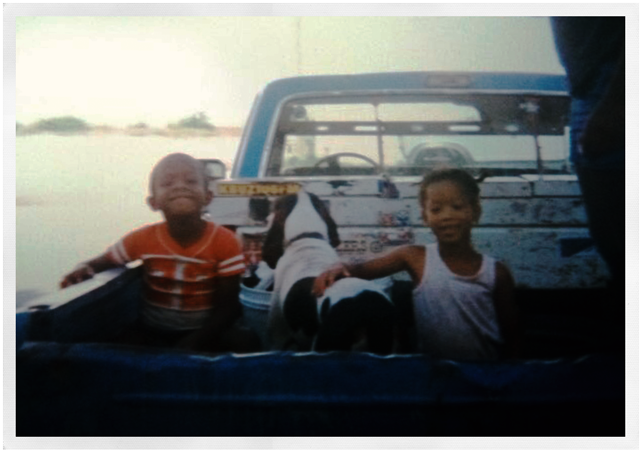

Living Off the Fat of the Land
From ages 12 to 18, I lived on a farm on the outskirts of Lawrence, Kansas. I had 11 brothers and sisters. We grew wheat, fruit, and [raised] animals. We had to get our own firewood, our own eggs. We called this “living off the fat of the land.” Being responsible for the land means you take care of it, and it takes care of you. There’s an element of freedom in there — freedom and democracy. I would say that farming, agriculture, the whole process is democracy in action. Having those life experiences really shaped the way I look at the environment. There’s so much give and take — not necessarily compromise, but cooperation.
Photo: Courtesy of Mitchell Pearson
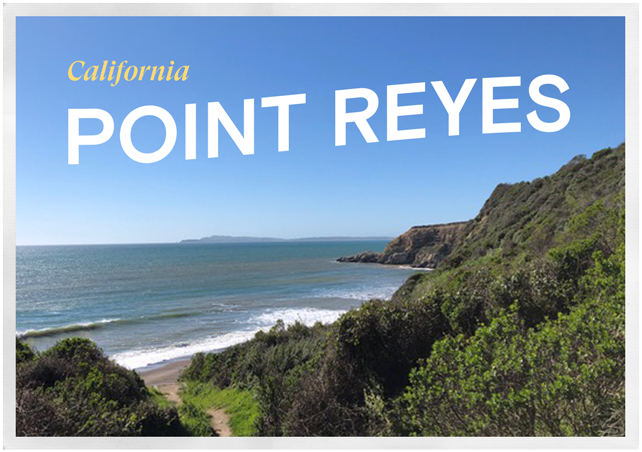

Healing on the Shore
When I was about 22, I was going through a really hard time in life. I graduated college early and had my heart broken by a girl. I didn’t really know what to do with my time. I just got in my car with absolutely no plan. I went on this long road trip up and down the West Coast, and I found it to be incredibly healing. I realized my oldest and best friend is the Pacific Ocean. [I remember] walking down this trail, trying to find a meditative hiking pace, and then coming to this beach and feeling awestruck — alone on this Northern California shore — at a time when I needed it most. My biggest hope for the world is that we realize that the natural world is an illusion. It is us, and we are it. The suffering and pain that we’re inflicting on the natural world is just hurting ourselves.
Photo: Nikayla Jefferson


Kelp Cathedral
Growing up a missionary kid and a pastor’s son, I was always in church. I was always surrounded by people who seemed to be on a different level of experience than I was. But then [as an adult], I was finally pursuing my dream, which was marine biology. When I discovered scuba diving, it was like this world that no one had ever told me about. Some friends took me [diving] at Carmel River State Beach. We come around a corner, revealing in front of us this bright patch where the sun is shining directly through the canopy and dancing on the sand. And it’s surrounded by a fairy ring of kelp. That sense of scale — the awe, the calm — everything stopped. That was the first moment where I was truly humbled by the universe around me, feeling small and big at the same time.
Photo: Patrick Webster


Belonging
I grew up in rural Florida. My family was poor; we had one working parent and the other was disabled at home. Because I couldn’t do a lot of other activities, I spent a lot of time just hanging out in my yard, watching the birds and the plants and looking at the moon at night. That helped me feel like I belonged somewhere, because I didn’t feel like I belonged at school or in society. I founded Disabled Hikers in March of 2018. The specific incident that inspired it was when I was hiking a new section of a trail system that I was already familiar with and had done tons of research about. But I got out there and immediately encountered lots of barriers and steep stairs and sharp drop-offs. That wasn’t listed in any of the guides I read. It put me in a dangerous situation, and I wound up exhausted and in pain by the time I finished the hike. In that moment, inspiration struck. I went home and threw up a blog on WordPress, and before I knew it, it was taking off.
Photo: Eddie Bauer / Elise Giordano
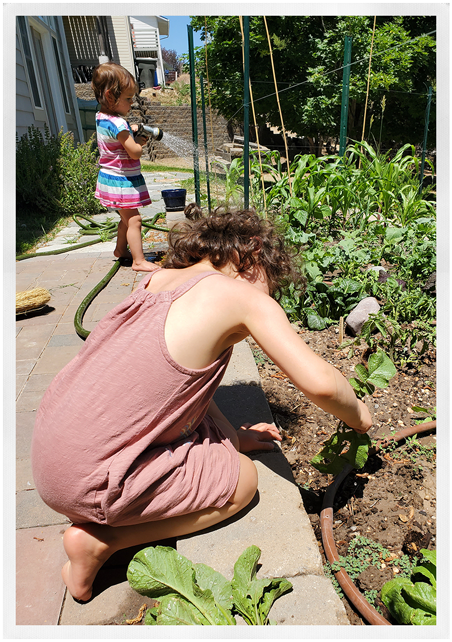

Garden Flavor
I was raised by two wonderful women, my mother and my grandmother, [in Bogotá, Colombia]. With Grandma, I would hear all these stories about how she grew up on a farm where the only things they brought in from the outside were salt and coffee. The other thing she would say is, “Mijo, it’s just that the tomatoes used to taste better in my childhood.” I didn’t know what she meant until I grew my first broccoli. It was sugar in my mouth. The first image that came to my head was Grandma saying, “It doesn’t taste like before” — I knew that flavor I grew in my garden is what she meant. I was very sad that I wasn’t able to share that with her, because she had passed. But now, growing my own food and relating to my surroundings in a way in which I can take care of it so it can take care of me is a way to connect with her. My conservation has always had this angle that had people at the center. That’s because of my grandma’s stories.
Photo: Bray Beltrán
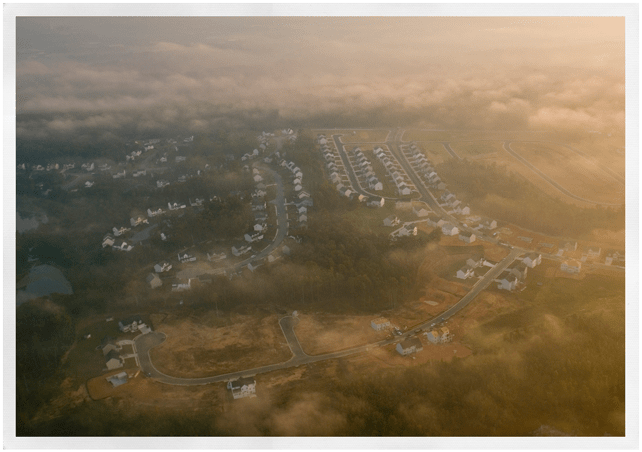

Suburban Wild
I initially grew up in the suburban D.C. area. At the time, there was a lot of undeveloped land and land that was developing — which, as a kid, was actually kind of a great thing. There were these safe spaces where my friends and I would go, [like] to the local pond to collect tadpoles. It felt really wild to us. There was a lot of opportunity for exploration in the woods that seemed unending, but probably weren’t all that big. I’m a faculty member at Stanford University — I run the Social Ecology Lab, [where] we study the relationship between people and the nature-rich world. A lot of research shows the importance of what’s seemingly unsupervised play outside, in these wildlike settings. I think a lot of that was probably really influential for me, [in developing] a sense of mastery, curiosity, and exploration.
Photo: Michael Melford / Getty Images
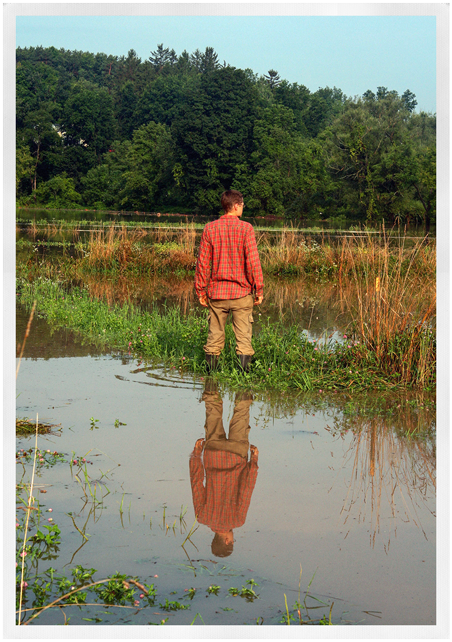

Flooded Fields
I was working at Little Seed Gardens [in New York]. In the summer of 2009, we had a tropical storm. The farm was at the confluence of two fairly large creeks, and both creeks jumped their banks. The whole farm got flooded under probably 2 or 3 feet of water. It was so deep, the farmers went out on a kayak over all of the full-grown vegetables. I just remember thinking, “Wow, there’s food down there. Lots of food. Food that would feed hundreds of people over the next few months.” But there was nothing we could do about it. Depending on how long it took for the water to recede, all that food would be gone. I had spent the whole season planting those seeds and caring for that land. While we couldn’t save those particular fields, [I thought,] “How can we make it so we don’t have such big storms?” And I’m not sure we can. But we can try, if we want to keep living and eating.
Photo: Suzy Konecky